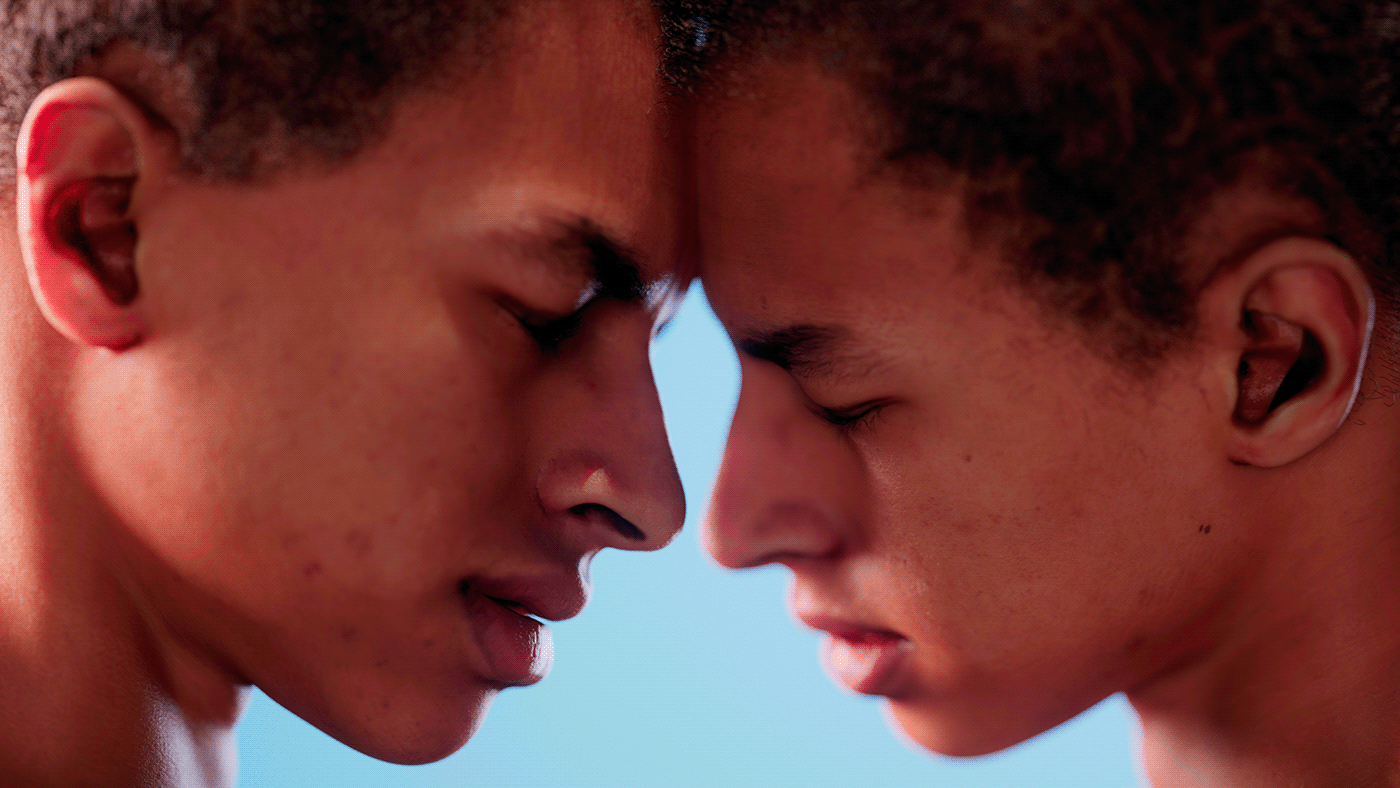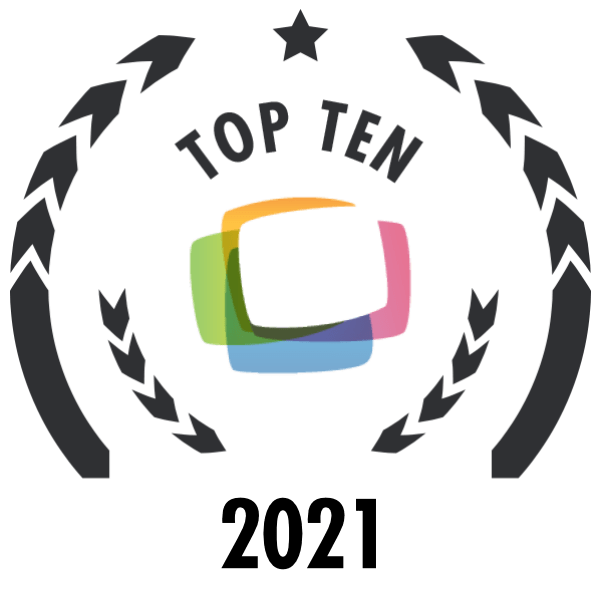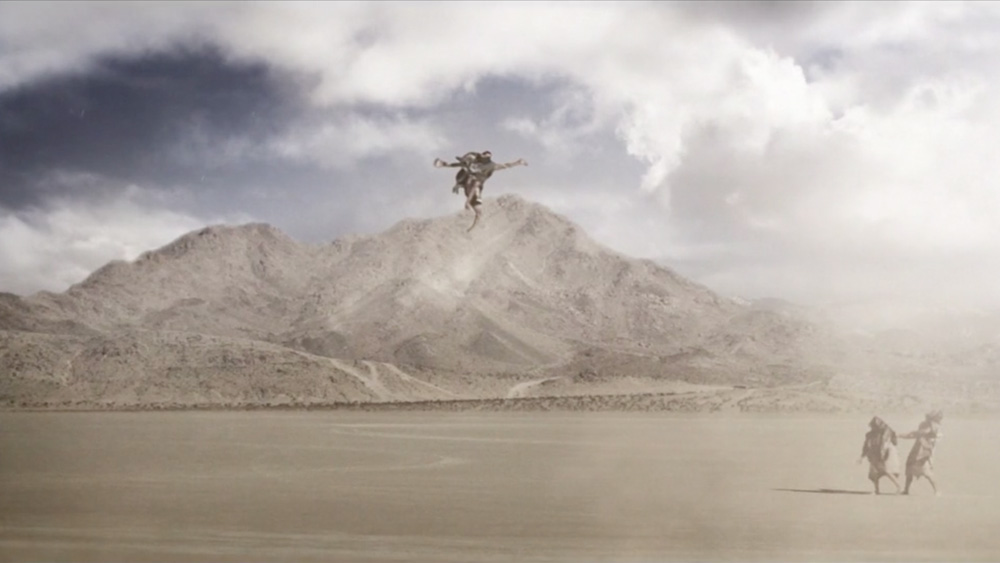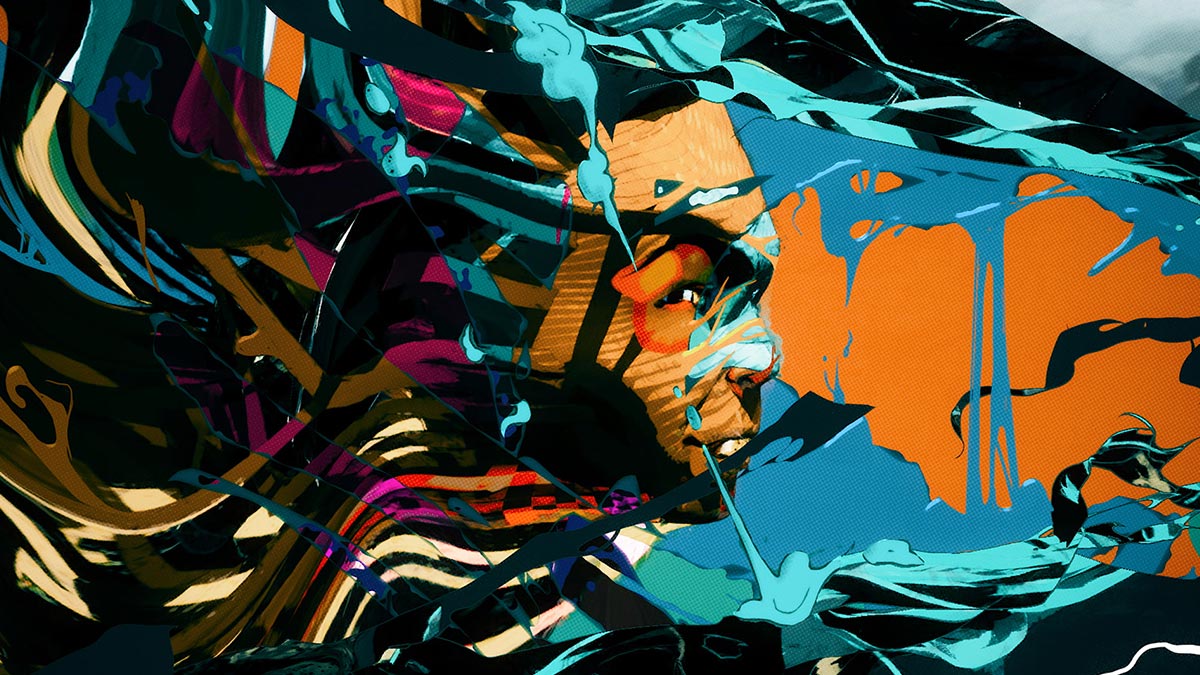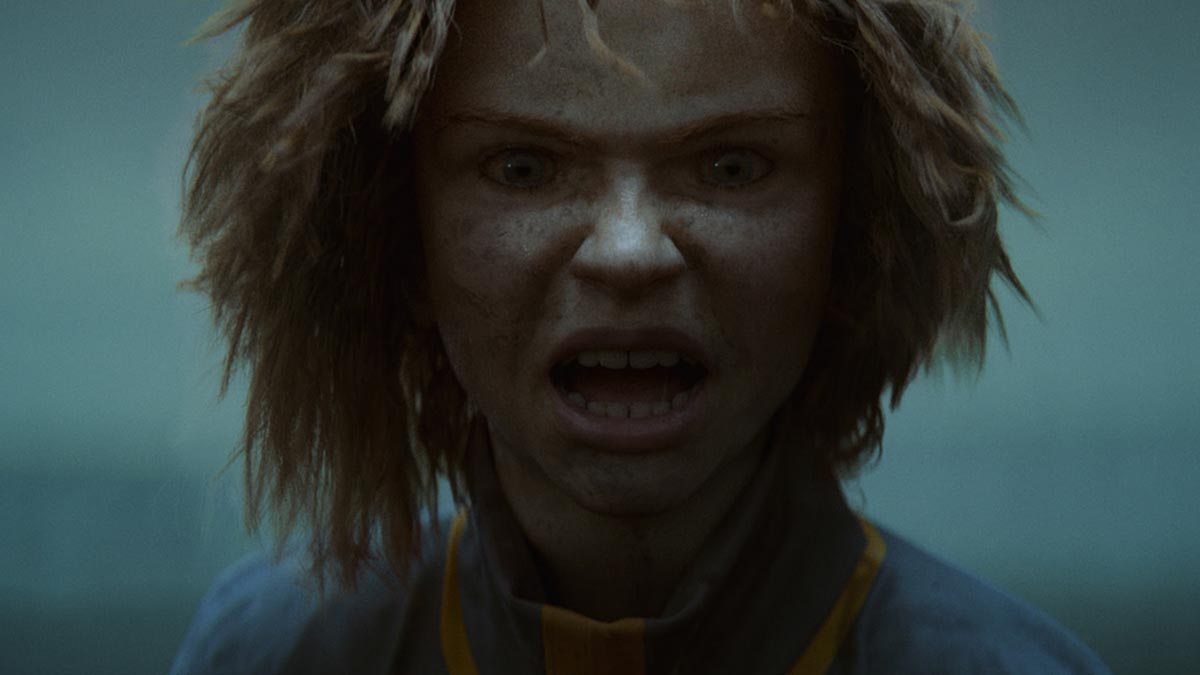A satirical look at love, isolation, and self-acceptance in the time of lockdown.
When all the productions came to a halt during the pandemic and all actors were lost, director and motion designer John Robson decided to create his own. ‘Safety First: 599 Days of the Invisible Wall’ started off as a topical satire about love and social distancing in the time of Covid-19. It later evolved into a much deeper exploration of the isolation, anxiety, and self doubt as the production came together. The topic of isolation was certainly the keyword over that last two years when it came to short films, but none managed to depict it in such a blooming and colorful fashion. We spoke with John who took us behind his process on his explosive film.
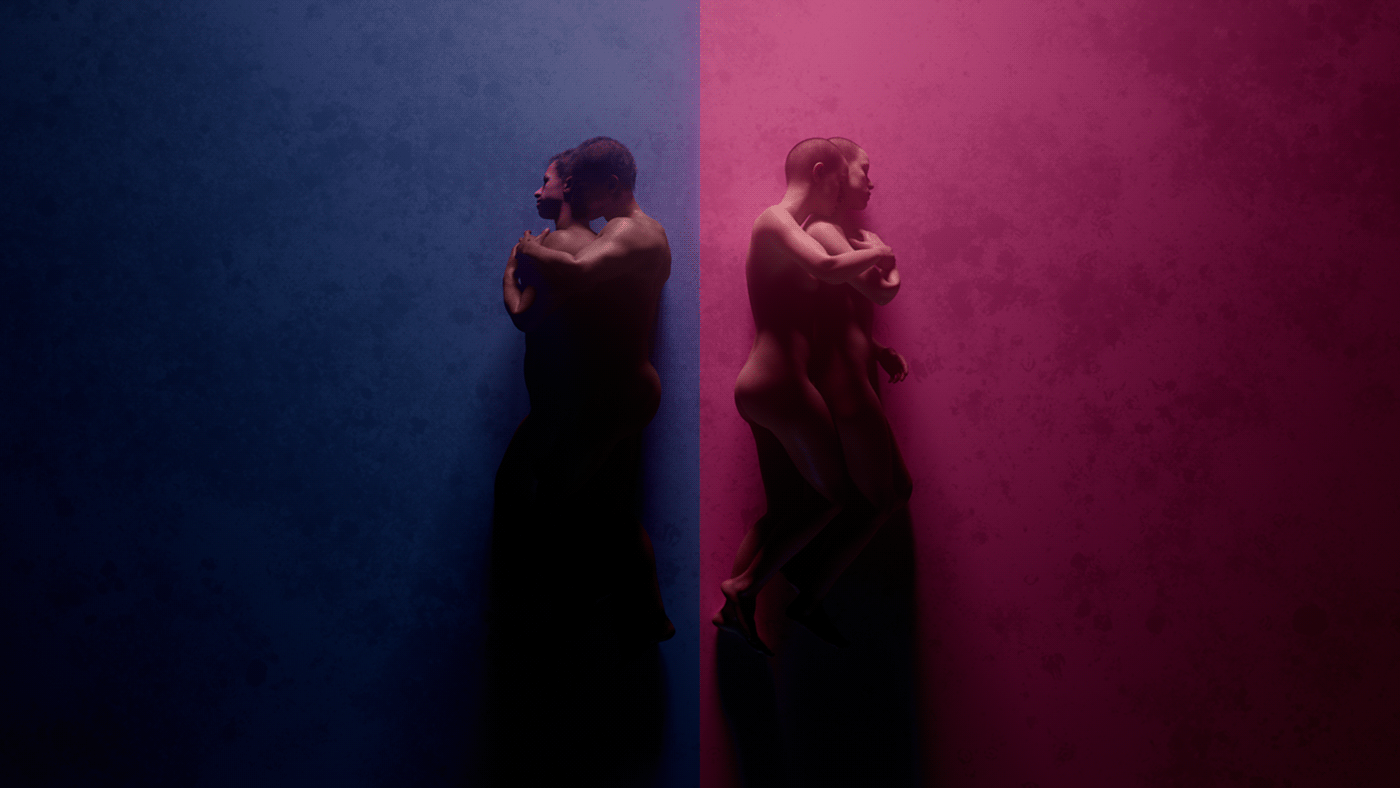
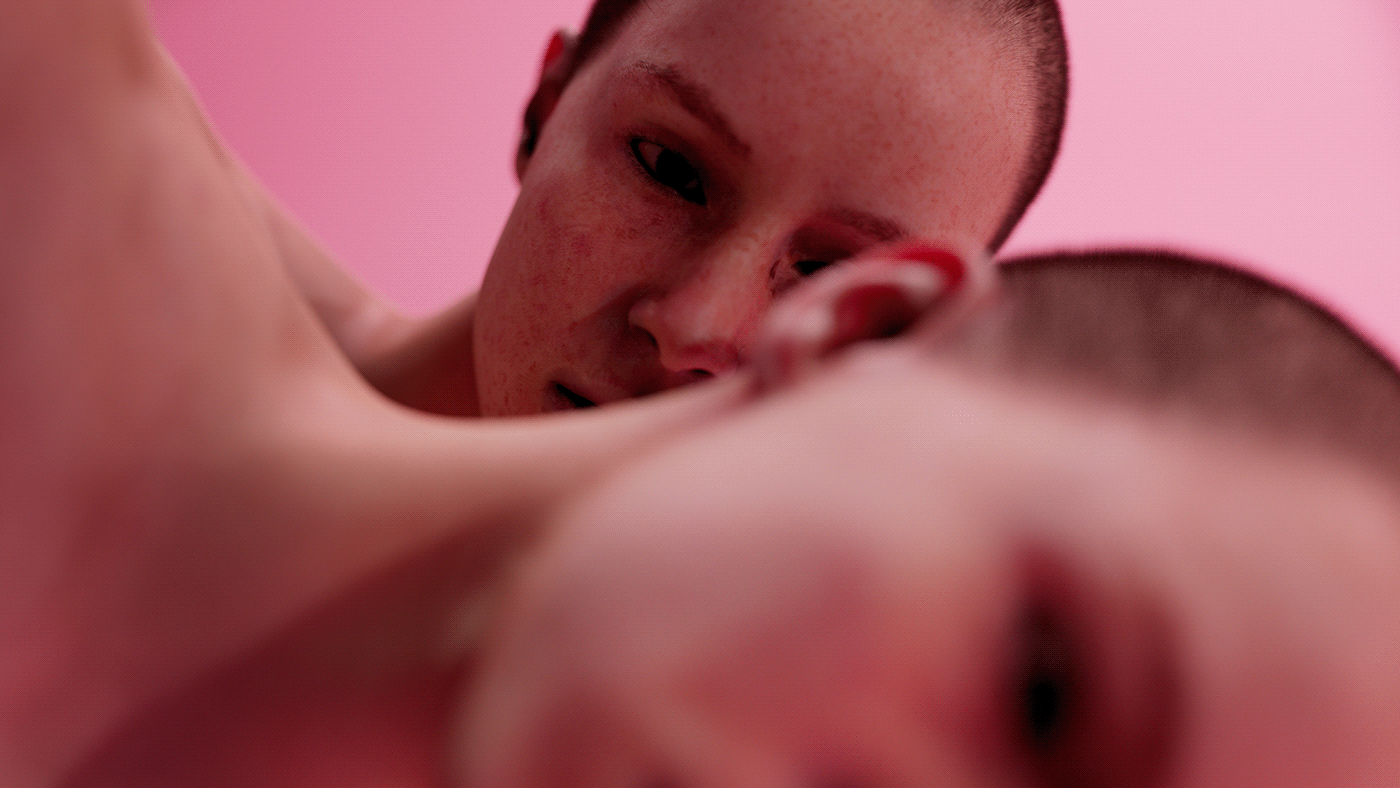
Can you tell me a little bit about ‘Safety First’, how did this film come about?
In the early days of the pandemic I was in a really dark place feeling helpless about the state of the world. My family and I were ok, but I had friends who were trapped in isolation with no one to comfort them. Those who escaped sickness and death were still forced to confront their own demons and shortcomings, and a lot of people suffered from severe depression. To keep my sanity, I realized that one of the few things I had control over was my art. So in my own way to try to make sense of the chaos I took a satirical approach at telling a story about love in the time of the pandemic. What I found though, as time passed and the world did not go back to normal, the project was evolving into a much deeper story about mental health, obsession, and finally self-acceptance. For me, having the goal of finishing the film on the horizon was my guiding compass, and every time I jumped back into my work it felt like a therapy session. Also, being in lockdown, working with actors was not an option, so it presented an interesting opportunity to create characters out of 3D scans of actual people who I never met. I don’t even know their names.
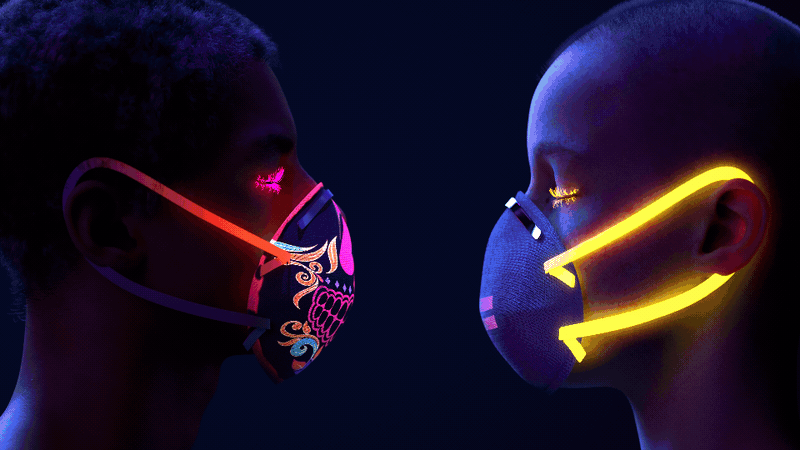
Im am curious on the creative process and the story development on this. Was everything planned on paper first, or did you mold the story as you were creating the scenes?
This is probably one of the few projects that I went in without a script. The initial story was very simple, basically the first scene with the kiss and some of the sensual blacklight shots. I had additional ideas for moments that I wanted to explore, such as visualizing senses during intimacy, comparisons isolation to nature and landscapes, and deconstructing characters down to their inner core, but much of the film was fragmented for quite some time before I worked out the glue between moments. A lot of that developed once I collaborated with my composer, and the score helped inspire me to fill in the blanks. The epilogue, for example, didn’t come into fruition until the later days of the film, and I feel like it’s the most powerful and memorable part of the project, and it completely redefines the message of the story. So in many ways, this film evolved as we all did over the last year and a half. It’s kind of fascinating to see something change with you as you’re refining it. It becomes more of a time capsule of memories than any single moment of time.
What was the most challenging scene for you to film?
The epilogue was by far the most challenging part of the film to make. Working with realistic 3D scans of humans I was constantly walking a fine line with characters falling into the uncanny valley, which can completely ruin the moment for some viewers. But I decided to double down on this feeling, because there’s something both real and relatable to what’s on screen but also very unsettling. Capturing the right emotion on the actors’ faces was incredibly challenging. There was no performance to capture, so every facial feature and nuance had to be hand-animated.

Which softwares did you use?
Most of the film was created with Houdini. Its procedural nature allowed me to build and create rigs custom to my needs, as well as drive visual fx. Many shots became sand boxes to test new ideas and ways to mix storytelling and technology. I also used Cinema 4D, Nuke, and did all my editing and color in Black Magic Resolve.
Do you have any tips or advice to offer fellow filmmakers?
Start small, with what you know you can pull off, and add to it in steps. Whether it’s writing a script or creating on the fly. That extra push now and then really keeps me motivated and challenged, but if an idea is too grand, it can be overwhelming and I can lose hope. Even with this film, with a clear goal, there were definitely times when it felt like I’d never reach the finish line. But spacing it out over time really helped me find the balance to make it through.
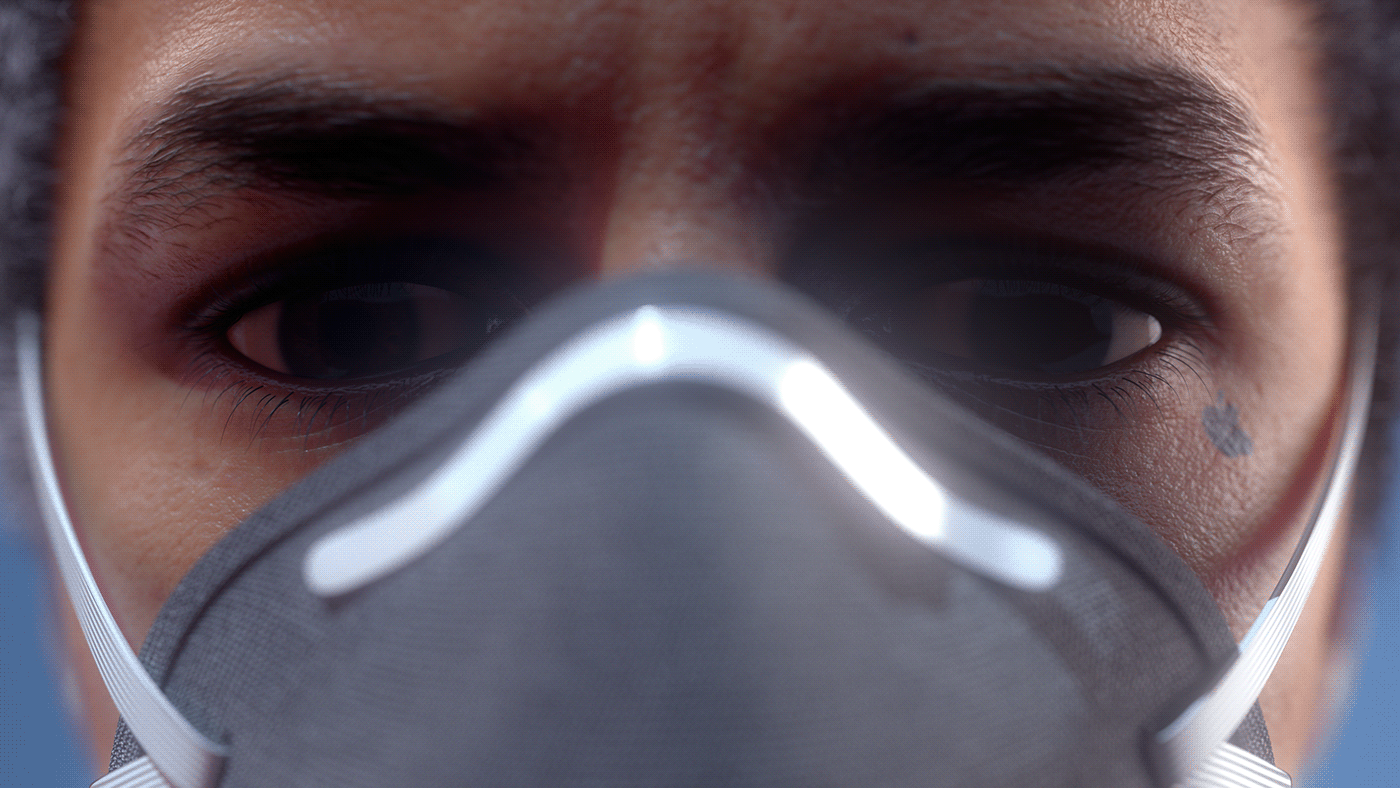
What are your favorite short films?
No short film has moved me more than Benh Zeitlin’s “Glory at Sea.” A decade later it’s still a masterpiece. Seeing such confidence in style and execution with a story the pulls every string inside of me on such an ambitious level has always been inspiring for me.
Which films you can say directly inspired this film?
Jan Svankmajer’s “Dimensions of Dialogue” has always been a huge inspiration for me, and the initial kiss is an homage to that.
The end alien scene from “Annihilation” inspired parts of the epilogue. I always found the way the alien mirrors the protagonist’s movement to be one of the strangest and most fascinating moments of sci fi I’ve ever seen.
There’s also an 80’s retro vibe to it, similar to films like Drive, that developed over the course of the project, mainly from the color palette and my own Gen X nostalgia.
